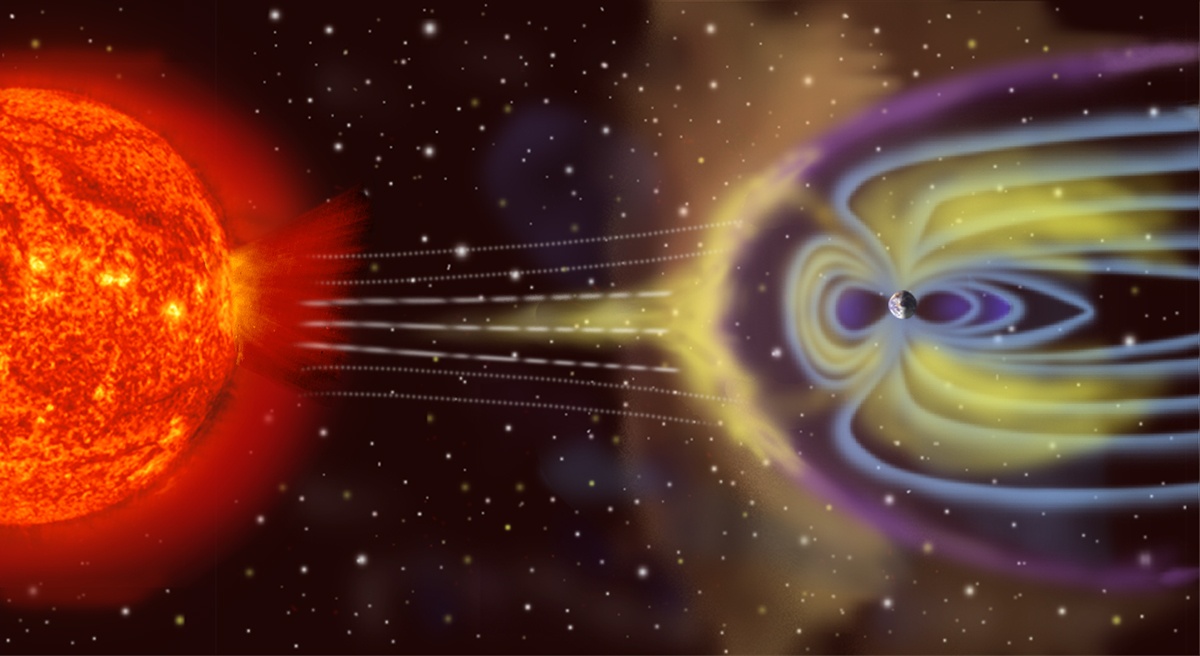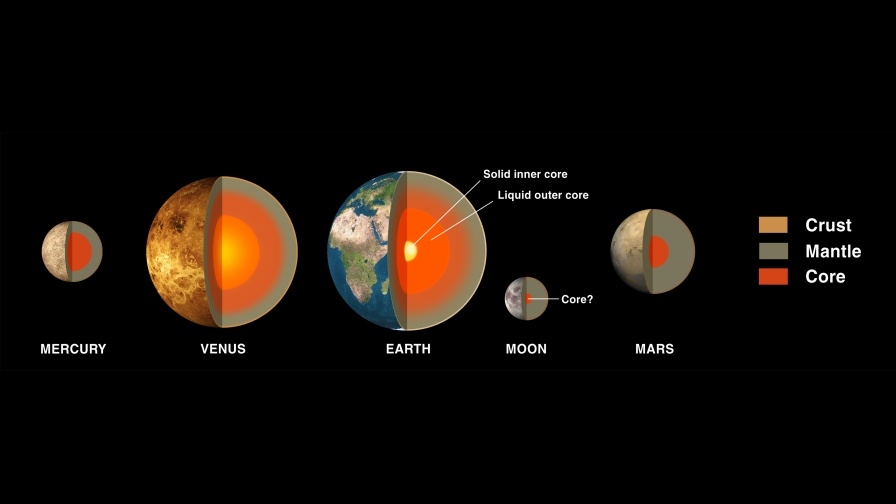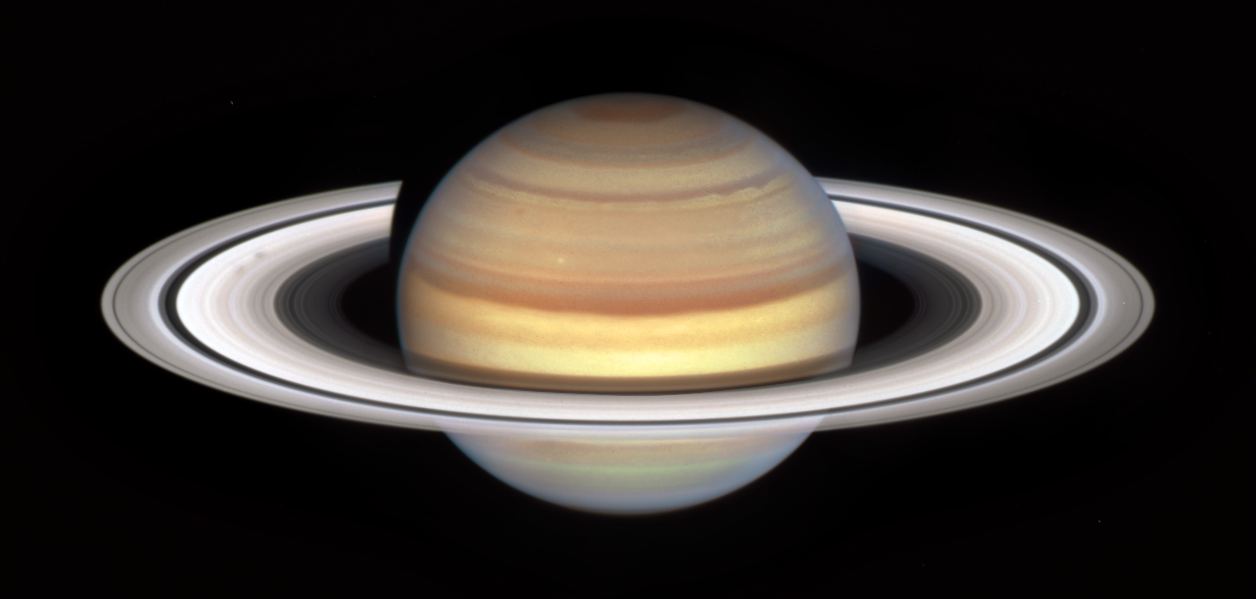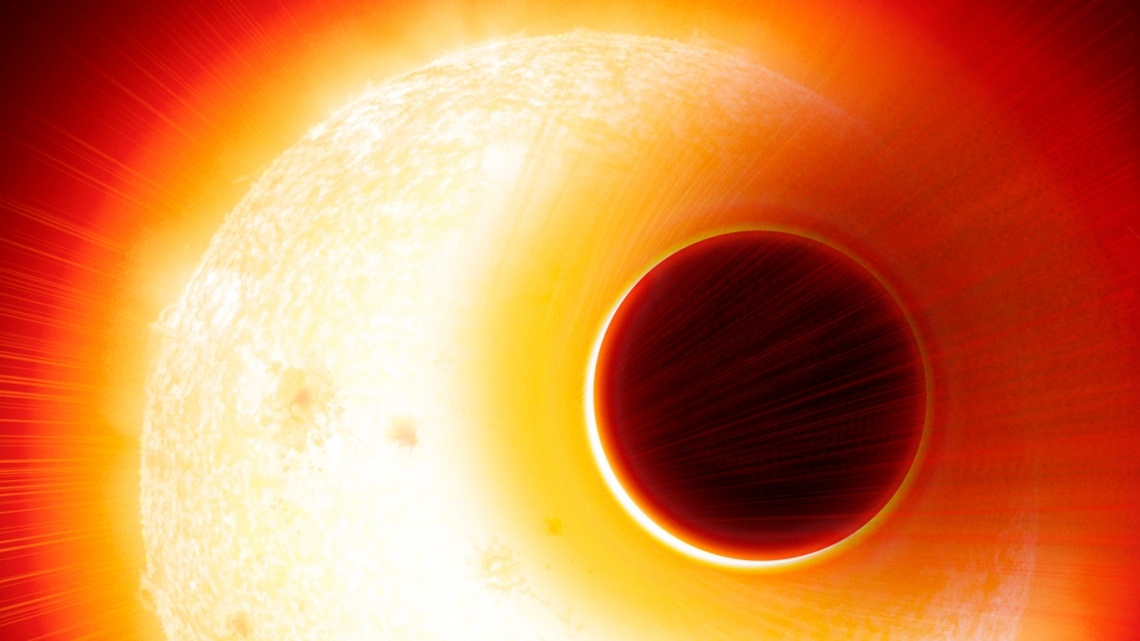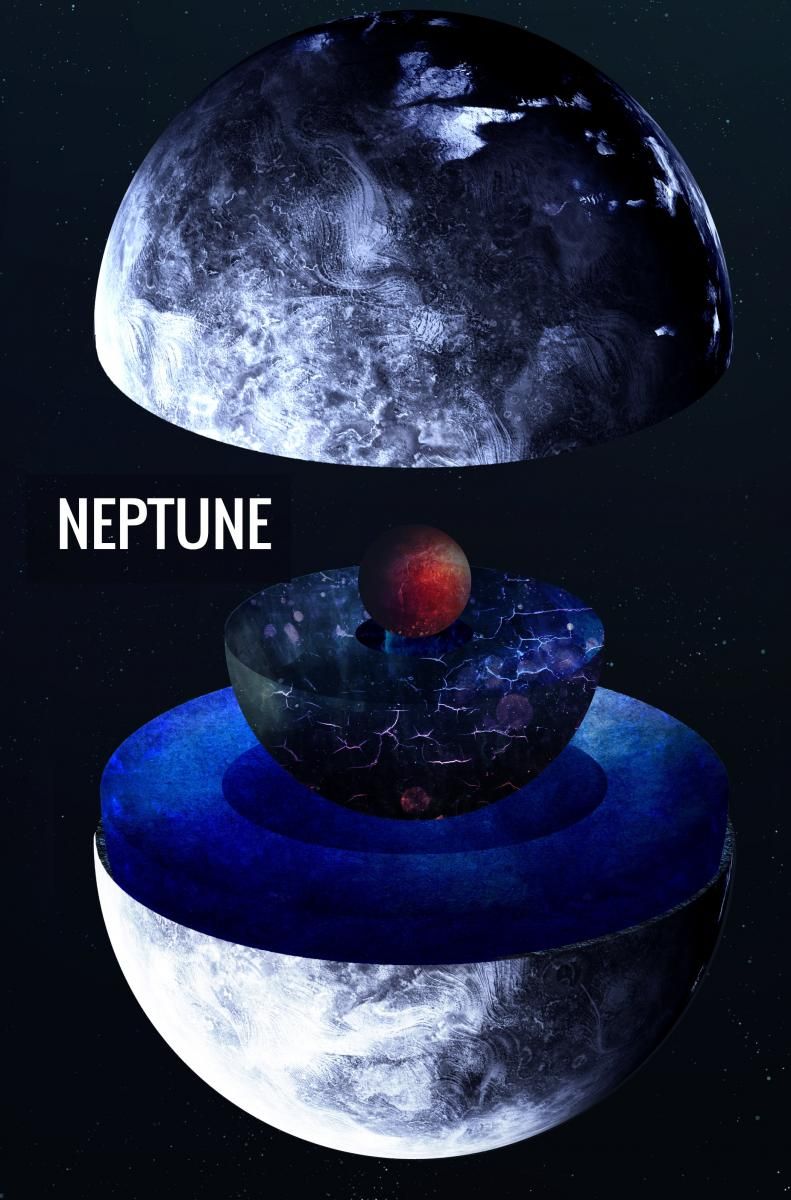Life on Earth would not be possible without food, water, light, a breathable atmosphere and surprisingly, a magnetic field. Without it, Earth, and its inhabitants would be subjected to the harmful radiation from space making life here, impossible. If we find exoplanets with similar magnetospheres then those worlds may well be habitable. The Square Kilometer Array (SKA) which is still under construction should be able to detect such magnetospheres from radio emissions giving us real insight into our exoplanet cousins.
Continue reading “Measuring Exoplanetary Magnetospheres with the Square Kilometer Array”Planetary Geophysics: What is it? What can it teach us about finding life beyond Earth?
Universe Today has examined the importance of studying impact craters, planetary surfaces, exoplanets, astrobiology, solar physics, comets, and planetary atmospheres, and how these intriguing scientific disciplines can help scientists and the public better understand how we are pursuing life beyond Earth. Here, we will look inward and examine the role that planetary geophysics plays in helping scientists gain greater insight into our solar system and beyond, including the benefits and challenges, finding life beyond Earth, and how upcoming students can pursue studying planetary geophysics. So, what is planetary geophysics and why is it so important to study it?
Continue reading “Planetary Geophysics: What is it? What can it teach us about finding life beyond Earth?”An Astronomical First! A Radiation Belt Seen Outside the Solar System

In 1958, the first satellites launched by the United States (Explorer 1 and 3) detected a massive radiation belt around planet Earth. This confirmed something that many scientists suspected before the Space Age began: that energetic particles emanating from the Sun (solar wind) were captured and held around the planet by Earth’s magnetosphere. This region was named the Van Allen Belt in honor of University of Iowa professor James Van Allen who led the research effort. As robotic missions explored more of the Solar System, scientists discovered similar radiation belts around Jupiter, Saturn, Uranus, and Neptune.
Given the boom in extrasolar planet research, scientists have eagerly awaited the day when a Van Allen Belt would be discovered around an exoplanet. Thanks to a team of astronomers led by the University of California, Santa Cruz (UCSC) and the National Radio Astronomy Observatory (NRAO), that day may have arrived! Using the global High Sensitivity Array (HSA), the team obtained images of persistent, intense radio emissions from an ultracool dwarf star. These revealed the presence of a cloud of high-energy particles forming a massive radiation belt similar to what scientists have observed around Jupiter.
Continue reading “An Astronomical First! A Radiation Belt Seen Outside the Solar System”It's Time for Mysterious Spokes to Appear in Saturn's Rings
The Hubble Space Telescope recently captured the appearance of several asymmetrical ‘spokes’ rising above the rings of Saturn, marking a coming change in season for the ringed gas giant. The spokes are made of charged ice particles bulging up and away from the rest of the rings. Researchers aren’t sure exactly what causes the spokes, but they suspect it has something to do with the planet’s powerful magnetic fields.
Continue reading “It's Time for Mysterious Spokes to Appear in Saturn's Rings”You’re Looking at a Map of the Milky Way’s Magnetic Field

Using telescopes that study the sky in the microwave part of the electromagnetic spectrum, astronomers have successfully mapped the structure of the magnetic field of the Milky Way galaxy. While magnetic fields are difficult to measure in space, an international team of astronomers used the Teide Observatory on Tenerife in the Canary Islands to conduct 10 years of observations.
Continue reading “You’re Looking at a Map of the Milky Way’s Magnetic Field”Marsquakes are Caused by Shifting Magma
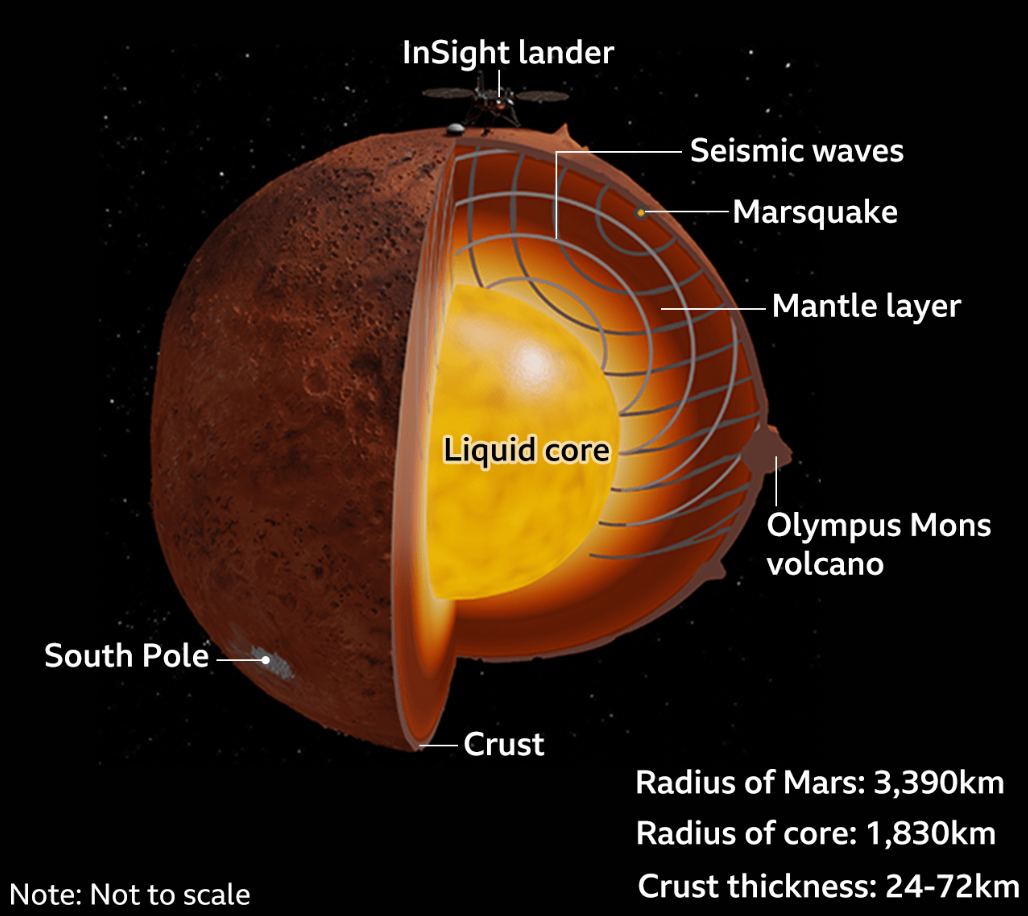
Before the InSight Lander arrived on Mars, scientists could only estimate what the planet’s internal structure might be. Its size, mass, and moment of inertia were their main clues. Meteorites, orbiters, and in-situ sampling by rovers provided other clues.
But when InSight (Interior Exploration using Seismic Investigations, Geodesy and Heat Transport) arrived on Mars in November 2018 and deployed its seismometer, better data started streaming in.
Continue reading “Marsquakes are Caused by Shifting Magma”We Might Know Why Mars Lost its Magnetic Field

Mars is a parched planet ruled by global dust storms. It’s also a frigid world, where night-time winter temperatures fall to -140 C (-220 F) at the poles. But it wasn’t always a dry, barren, freezing, inhospitable wasteland. It used to be a warm, wet, almost inviting place, where liquid water flowed across the surface, filling up lakes, carving channels, and leaving sediment deltas.
But then it lost its magnetic field, and without the protection it provided, the Sun stripped away the planet’s atmosphere. Without its atmosphere, the water went next. Now Mars is the Mars we’ve always known: A place that only robotic rovers find hospitable.
How exactly did it lose its magnetic shield? Scientists have puzzled over that for a long time.
Continue reading “We Might Know Why Mars Lost its Magnetic Field”An Exoplanet Found Protected by a Magnetosphere
Today’s astronomers are busy building the census of extrasolar planets, which has reached a total of 4,884 confirmed planets, with another 8,288 candidates awaiting confirmation. Now that the James Webb Space Telescope (JWST) has finally been launched, future surveys will be reaching beyond mere discovery and will be focused more on characterization. In essence, future exoplanet surveys will determine with greater certainty which planets are habitable and which are not.
One characteristic that they will be on the lookout for in particular is the presence of planetary magnetic fields (aka. magnetospheres). On Earth, the atmosphere and all life on the surface are protected by a magnetic field, which is why they are considered crucial to habitability. Using data from the venerated Hubble Space Telescope (HST), an international team of astronomers reported the detection of a magnetic field around an exoplanet for the first time!
Continue reading “An Exoplanet Found Protected by a Magnetosphere”Why do Uranus and Neptune Have Magnetic Fields? Hot ice
The outer “ice giant” planets, Neptune and Uranus, have plenty of mysteries. One of the biggest is where exactly they got their magnetic fields. They are strong at that, with Neptune’s being twenty-seven times more powerful than Earth’s, while Uranus’ varies between ? and four times Earth’s strength. Chaos rules in these electromagnetic environments, making them exceptionally hard to both understand and model. Now a team of researchers led by Dr. Vitali Prakpenka of the University of Chicago thinks they might have found the underlying cause of both the field’s strength and its randomness – “hot ice.”
Continue reading “Why do Uranus and Neptune Have Magnetic Fields? Hot ice”Does Mercury Have a big Iron Core Because it’s so Close to the Sun’s Magnetic Field?
Magnetic fields are great for lots of things – directing explorers, levitating trains, and containing nuclear fusion reactions are just an example of what these invisible forces can do. Now we can ascribe another feature to magnetic fields – they can give planets a rocky core.
Continue reading “Does Mercury Have a big Iron Core Because it’s so Close to the Sun’s Magnetic Field?”
